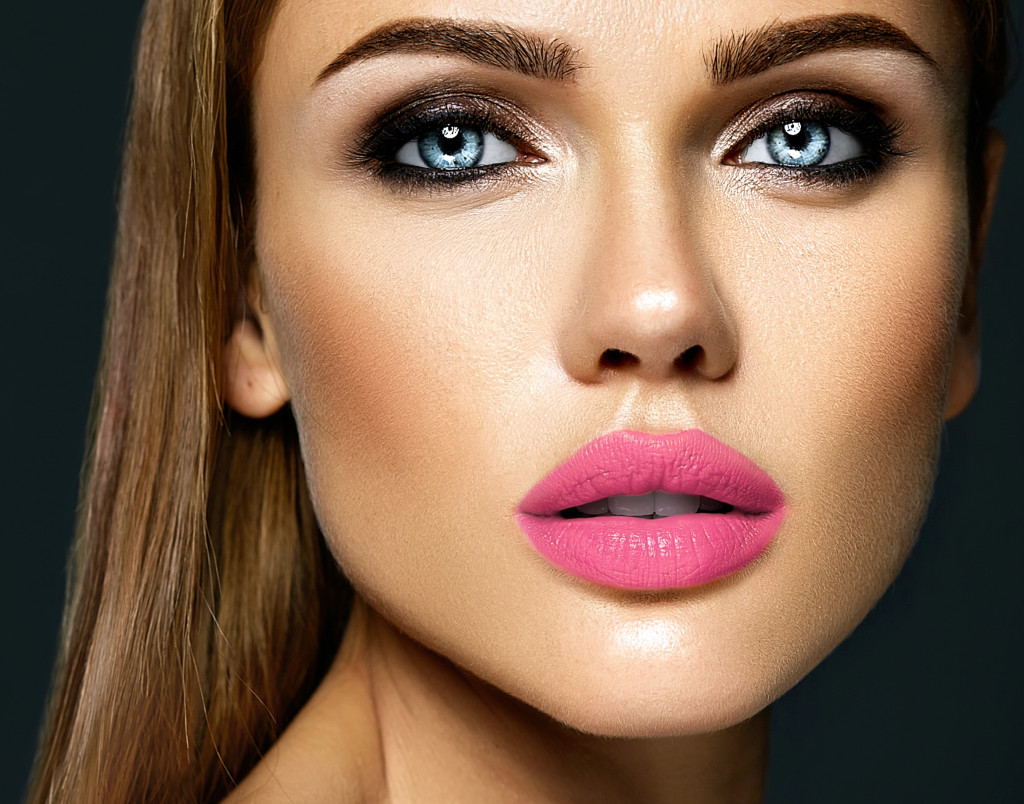During an economic crisis, people tend to cut back on purchases that are not necessary for survival. When money is tight, households will naturally prioritize buying food and other household essentials.
However, not even a recession can stop people from spending a little money on acquiring small indulgences.
The Lipstick Effect
From the end of 2007 to June 2009, the United States suffered through what has become known as the Great Recession. The economic downturn started when the housing market experienced a boom before going bust. During that time, mortgage-backed securities lost value. It was the worst decline in economic activity since the Great Depression in the 1930s.
The Great Recession resulted in a peak of a 10 percent unemployment rate. Businesses across the board suffered from losses and massive declines in sales—except for the cosmetics industry.
In 2008, at the height of the economic downturn, L’Oreal revealed that it experienced a growth of 5.3 percent in sales. This trend was observed across all beauty brands, prompting Leonard Lauder, the Chairman of Estee Lauder, to coin the term “lipstick effect.”
It is real and, it turns out, not rare at all. The fact is, during economic downturns, while unessential services suffer losses, the cosmetic industry is primarily unaffected. Studies have been conducted to investigate why it happens. In one research, experts found that the lipstick effect is a result of the perception of women that, in a recession, it becomes much harder to find a quality mate. They think men are less financially stable because the unemployment rate is high and disappointing returns on investments.
But regardless of the cause, the lipstick effect has been proven repeatedly to be real.
The Lipstick Effect at Work

In 2020, the United States also experienced an economic downturn, the worst since the Great Recession. The nation imposed restrictions to curb the rapid spread of COVID-19. Health officials asked the public to stay at home unless necessary.
Millions of Americans lost their jobs. Businesses of all sizes suffered losses. Even big brands that have been around for decades filed for bankruptcy.
But lipsticks did not pick up in sales as expected. In a crisis where wearing a mask was necessary, there was no reason to buy products for areas of the face that would not be visible anyway. The demand for products that used to be an essential part of every woman’s beauty routine was down.
Cult Beauty, a well-known cosmetics e-commerce platform, said that lipstick sales decreased by 8 percent during the pandemic.
Of course, that doesn’t mean that the theory was false. Some experts still observed the lipstick effect throughout the 2020 economic recession. Women were not buying lipsticks. Instead, they spent their money on something else.
Skincare Is the New Lipstick
While the COVID-19 pandemic continued to rage, consumers focused less on buying makeup, which a mask hides anyway. Instead, they spent their money on making their skin look better.
In the case of Cult Beauty, skincare sales during the pandemic more than doubled. John Lewis, a department store based in the United Kingdom, also saw skincare products increase sales by 234 percent.
The interest in skincare has been around even before the pandemic. However, more people found spending on skincare products worthwhile. Many people also found themselves dealing with various skin concerns such as acne, dry skin, wrinkles, and fine lines. It resulted from sleeplessness, high levels of stress, binge-eating, and dry and polluted indoor air. “Maskne,” acne caused by the moisture and bacteria that get trapped in masks, was also a common complaint.
So instead of foundation, women opted to shop barrier serum online to address their dry skin. Instead of concealer, they bought eye creams that depuff the bags under their eyes.
Makeup was not entirely unpopular during the pandemic. Women were still picking up makeup, just not lipstick and foundation.
Because the lower half of the face is always covered anyway, the trend leaned on making a dramatic statement through the eyes. Mascaras were in demand, and so were eyeshadow palettes. In China, in particular, Alibaba saw a 150 percent increase in eye cosmetics sales in mid-February last year. This spike was back when the East Asian nation was still battling local outbreaks.
Sales of makeup products, including lipsticks, are picking up now that lockdowns are over and events are happening again in the United States. However, the past year is proof that, during economic downturns, women will continue to pamper themselves. They may not be buying lipsticks, but there is truth to the lipstick effect.

